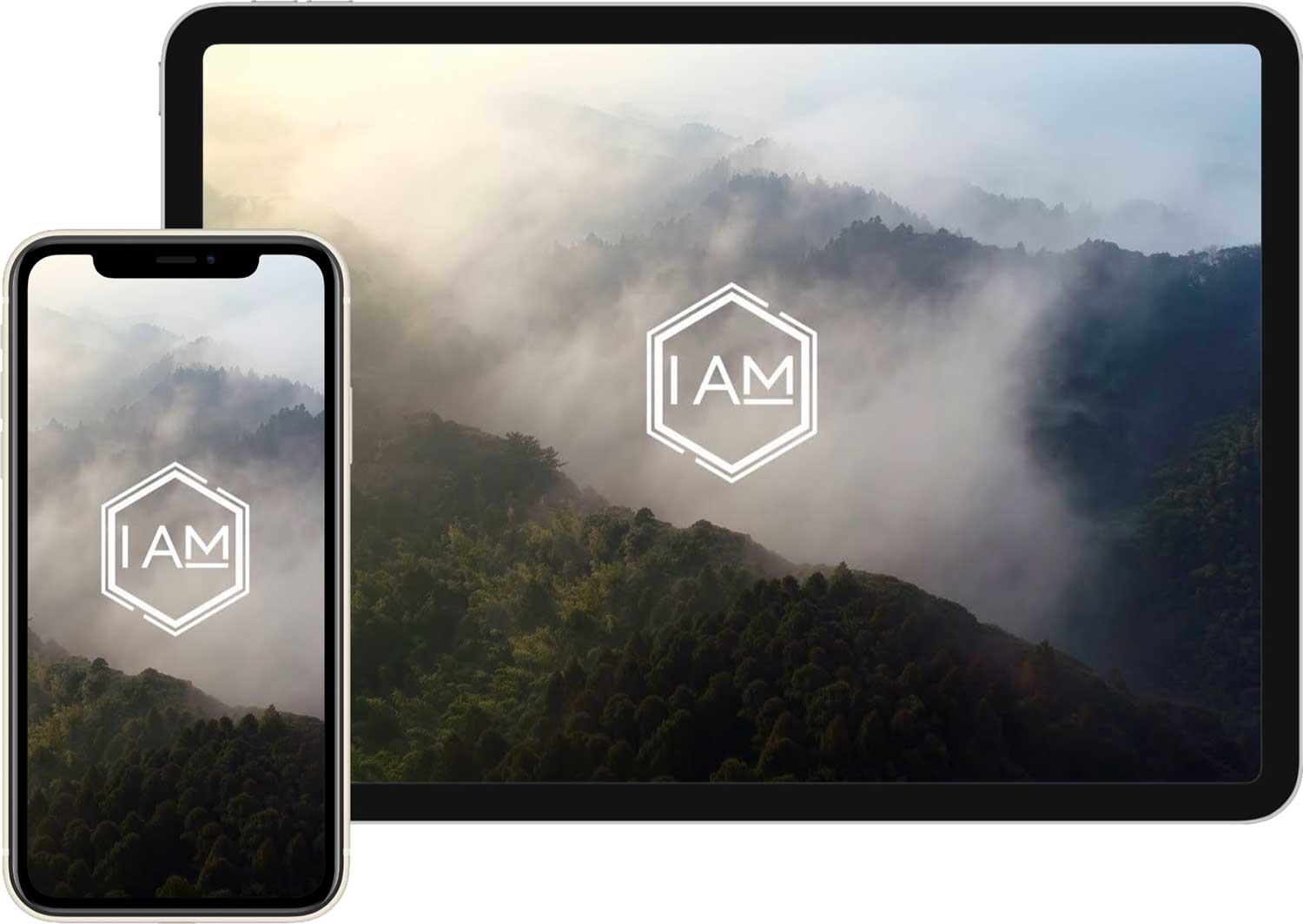SABBATH- What is the Sabbath about?
REFLECT
From your experience, what are the keys to developing a friendship with someone?

The Origin of the Seven-day Week and the Sabbath
The Bible tells us our seven-day week came from the time when God created this world. It says:
“For in six days the Lord made the heavens, the earth, the sea, and everything in them; but on the seventh day he rested. That is why the Lord blessed the Sabbath day and set it apart as holy.” Exodus 20:11
God finished the Creation week by resting on the Sabbath:
“So the creation of the heavens and the earth and everything in them was completed. On the seventh day God had finished his work of creation, so he rested from all his work. And God blessed the seventh day and declared it holy, because it was the day when he rested from all his work of creation.” Genesis 2:1-3
He then invites us to join Him in keeping the Sabbath as a day of rest:
“Remember to observe the Sabbath day by keeping it holy.” Exodus 20:8
God wants to spend quality time with us every week because He loves us so much. He has special blessings He wants
to give to us during the Sabbath.
God is inviting us to enter His divine rest on the Sabbath— the day that He has chosen.
The message of the Sabbath
The message of the Sabbath is:
• Our value as people is based on our relationship with God as our Creator and His love for us.
• We are saved by our faith and trust in Jesus and not by what we can do. Ephesians 2:8-10
• We cannot make ourselves holy and spiritually pure— this is God’s supernatural work in our lives. Exodus 31:12,13
• Jesus is inviting us to come to Him to find rest and peace. Matthew 11:28-30
Identifying the Sabbath?
• The Sabbath starts at sunset on Friday evening and continues until sunset on Saturday evening. We know this because:
• The Jews have been consistently keeping the Sabbath for thousands of years.
• Saturday is called the “Sabbath” in many languages, including Spanish (Sabado), Italian (Sabato), Russian (Subbota) and Arabic (Sabt).
• There is historical evidence that Jesus died on Friday, was buried in the tomb on Sabbath and rose back
to life on Sunday morning.
• Days in the Bible are defined as starting in the evening and then being followed by day, in other words from sunset to sunset. Genesis 1:5, Leviticus 23:32, Mark 1:32
Jesus’ Example
The best way to discover what the Sabbath concept is like, is to learn from Jesus’ example:
• Jesus spent time exploring the Bible on the Sabbath. Luke 4:16-21
• He joined His local worship community on Sabbath. Luke 4:16
• He supernaturally healed people on Sabbath and set them free from illness and demonic possession. Luke 4:31-37, Luke 6:6-11, John Chapters 5 & 9
• Jesus rested in the tomb on Sabbath aer finishing His work of salvation on the Cross. John 19:28-42, The Desire of Ages Chapter 80: “In Joseph’s Tomb”.
How would you like to explore a deeper relationship with God on the Sabbath?
FURTHER STUDY
Practical Tips for Enjoying the Sabbath
You can enjoy the Sabbath in the following ways:
- 1. Spend time developing your relationship with God by reading the Bible and through prayer.
- 2. Worship God with other Sabbath-keeping Christians at church.
- 3. Enjoy spending time out in nature— God’s beautiful creation.
- 4. Share the good news about Jesus with people who are far away from God.
- 5. Serve the needy in your community.
BOOKS TO READ
• A Time for You — Mike Tucker
• God’s Gift in Time — Walt Thompson
• Sabbath As Resistance: Saying No to the Culture of Now — Walter Bruegemann
• The Sabbath: Its Meaning for Modern Man — Abraham Joshua Heschel
• The Lost Meaning of the Seventh Day — Sigve Tonstad
• “The Sabbath” The Desire of Ages — Ellen White
NEXT STEP
Plan your next Sabbath with God.
Take a photo on your phone of your favourite relaxing nature walk (#SabbathRest) and bring it back to share with everyone next week.
Go for a walk out in nature, and collect some leaves or flowers to press in your journal.